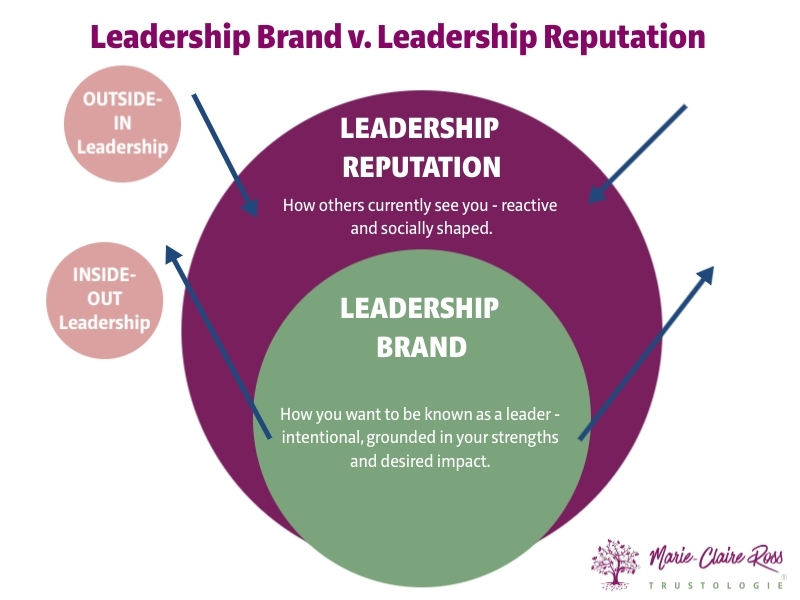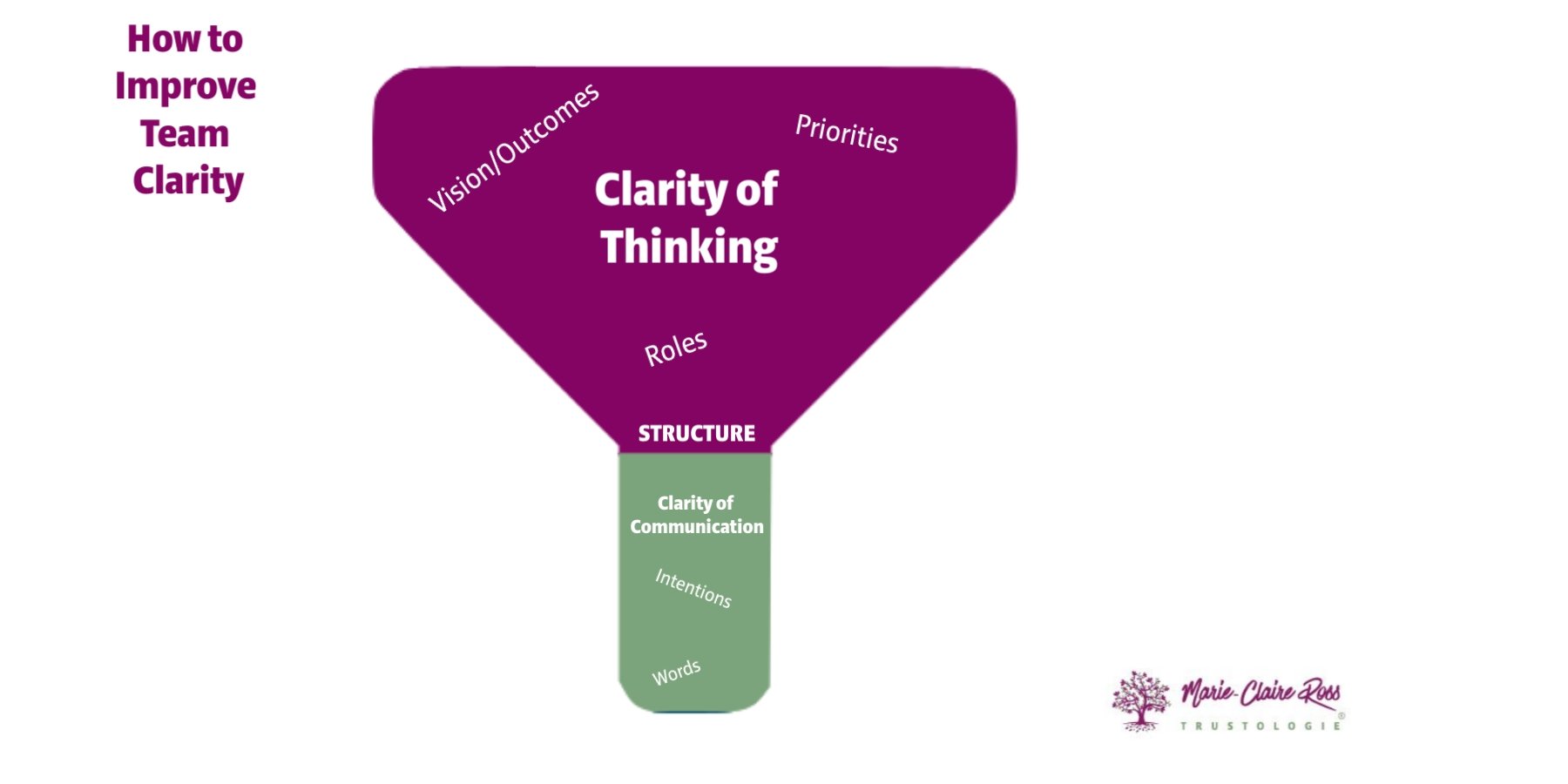
Many leaders jump into a leadership position excited by the opportunity to help others and perform at a higher level.
As human beings, we crave clarity. And it's no wonder.
The feeling of having clarity is liberating - filling us with tranquility and igniting a profound sense of joy. It empowers us to effortlessly propel forward, fuelling our momentum and drive.
Yet, if you talk to most employees about clarity in the workplace, they will often complain that it's missing.
A lack of clarity has a profoundly negative impact on workplace performance because people feel directionless.
According to a Gallup study, thirty-three (33%) of employees say that the main cause of their stress is a lack of clear prioritisation and direction. People who feel directionless are three times more likely to say that they feel general anxiety at work most days.
We often think that having clarity is about being really clear in our communication. We think that our words matter. While they do matter to some extent, it's the thinking and intention behind our words that matter most.
To get to clarity as a leader, we do need to spend time sifting and sorting what's really important, so we can focus on what truly matters.
Let me take you through the Workplace Clarity Funnel to help you understand what I mean.

When we don’t properly think about what we are trying to achieve our communication is vague and confusing.
Savvy leaders spend time contemplating what truly matters for their organisation and what needs to be done. This can get quite messy and confusing.
To help us get clear, we need to focus on what really matters in the workplace. This includes:
Vision, mission and values
Employees want leaders who can paint a vivid picture of the future and help them see how to get there. People are more likely to understand what they need to do when they can see how the work relates to the vision and values.
Effective leaders work on how to best communicate the present state and connect that to an exciting future state. They help people understand the why, the meaning behind the work being done.
Job roles
This includes both the leader's role and the roles for each person in their team. A lack of role clarity is a common cause for a lot of stress in many organisations.
Leaders who are clear on their job role are less anxious about whether they are meeting expectations. Sometimes we don't get this information from up high and need to sit down and work it out ourselves.
Here are some questions to consider:
What are the organisation's overall goals, and how does my role contribute to them? Understand the bigger picture and how your position fits into the broader organisational objectives.
Your People's Roles
It's highly likely that people in your team aren't 100% sure of what their job entails.
Spend time working out what you believe is the purpose of each role in your team and why it exists. Not the person or the objective or team objectives, but why that role exists.
Share notes with your direct report about what you think their role is about and ask for their opinion. You will probably be quite surprised by the discrepancy.
This is a good opportunity to modify their job description and get clear on their deliverables and success measures, as well as your expectations.
Priorities
Of course, when you are thinking about what needs to be communicated, you can often get the communication wrong if you are not sure about what truly matters.
According to the Microsoft Work Trend Index Study, 74% of managers say more guidance on prioritising their own work would help their performance, and another 80% say they’d personally benefit from more clarity on priorities.
Everyone, regardless of their role or level, can often feel overwhelmed and greatly benefit from an open and honest conversation about priorities. This should be a collaborative discussion that starts with the individual closest to the work.
If you are unclear on priorities, take the initiative to share your recommendations with your manager regarding what tasks should be prioritised and what can be put on the back burner. By actively participating in these discussions, you can contribute to a more streamlined and efficient workflow.
Structure
At the heart of the clarity funnel lies structure, which plays a crucial role in effective communication. Without a well-defined structure, our words may lack value and miss important points, leaving our message random and ineffective. By having a solid structure in place, we can ensure that all the necessary components are addressed and that our communication is purposeful and impactful.
One of things I teach in my leadership mastermind, are robust communication structures to help leaders both plan and deliver great communication. Typically, these structures involve at least 14 steps.
Some may find this approach excessive, but it encourages thoughtful consideration and guarantees the implementation of best practices through effective communication of the intended messages. These structures ensure leaders feel more confident when leading a meeting, doing a one-on-one, delegating or having what I call a successful growth conversation.
You can create your own structures by thinking through what needs to be said and writing yourself some dot points for important conversations.
Now, that we have thought through a lot of options, we are more clear on what needs to be said. This is much easier when we have spent the time thinking it through. We just need to make sure that our words and energy match.
Words
Cognitive biases are systematic errors in our thinking that influence our judgement, often leading us to make irrational choices.
Leaders need to be more aware of their assumptions and biases. Such biases can hinder effective communication in the workplace, leading to misunderstandings and confusion.
Miscommunication frequently occurs due to an abundance of assumptions and forgetting key points. These assumptions can range from assuming what others know or their abilities, to presuming the existence of a discussion that never took place.
If we are not aware of our biases we can often skip over important information or not fully address any concerns.
We can also presume people understand what we have meant or that we are a brilliant communicator.
You are responsible for making sure the receiver understood what you said. Make sure you have a process to check for understanding.
Intentions and energy
When our words and actions don’t match, it creates an integrity gap. People can be very good readers of what we are really thinking, even if we do not think we are giving our true feelings away.
Your intention, and your energy matters more than words.
Make sure that you have the right intentions and energy before you communicate important news. Otherwise, people will think the worst and not trust you.
Ultimately, you serve as the emotional compass by which your team gauges their own feelings. The impact of your words is secondary to the authenticity of your emotions.
If you are stressed out about the future, your people will feel that and your words will be ignored. No matter how positively you spin it.
Is it worth the effort? Absolutely!
Effective communication combined with decisive action results in enhanced productivity and accelerated performance.

Many leaders jump into a leadership position excited by the opportunity to help others and perform at a higher level.
Safety communication is often left to safety professionals to write and publish.